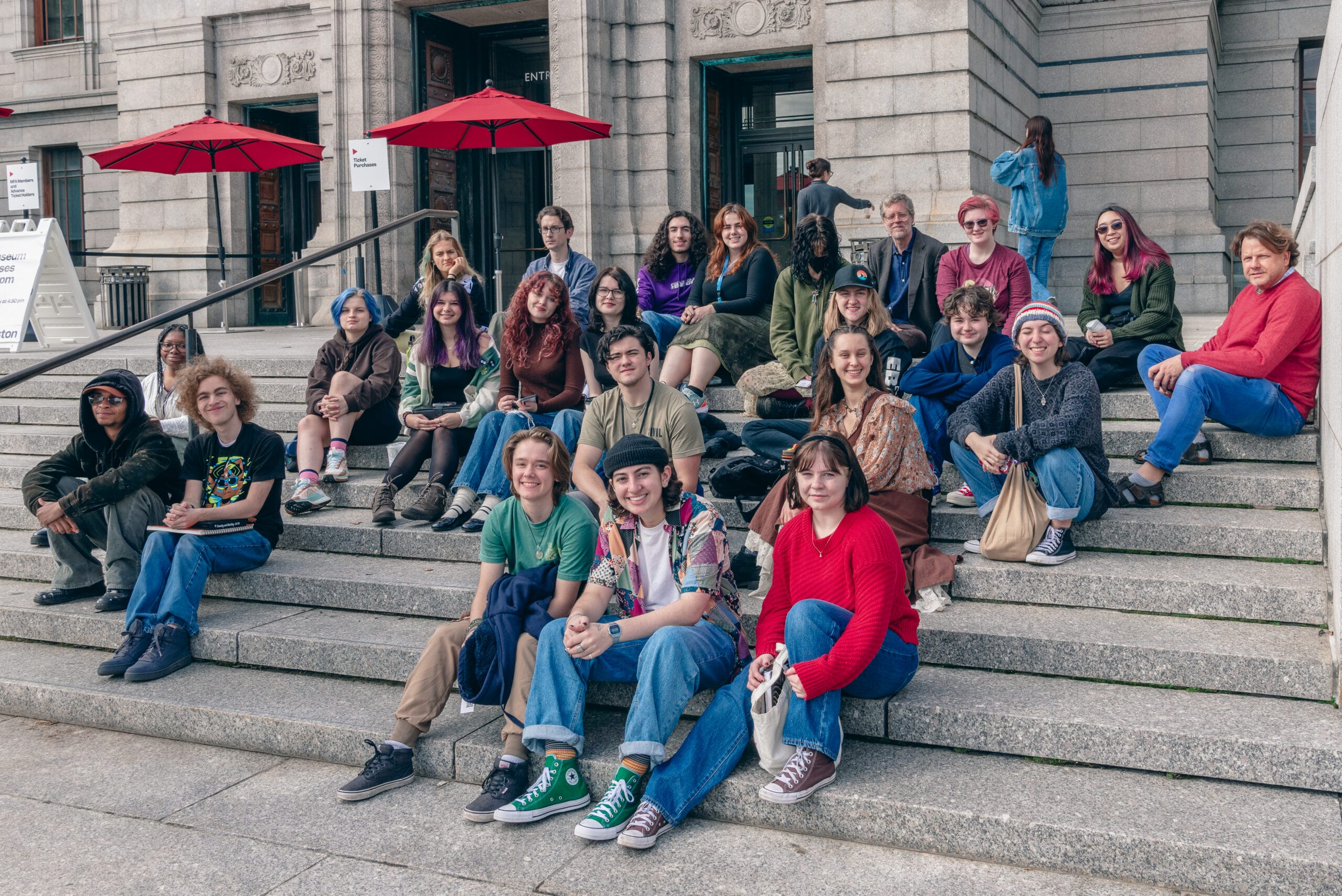
MassArt’s History of Art students have access to extensive resources, including libraries, museums, and community partnerships for innovative research and learning.
Learn MoreLocation: On Campus (Boston)
Format: In-person, Full Time
Length of Program: 4 years
Degree Awarded: Bachelor of Fine Arts in History of Art
History of Art students learn about the incredible range of art from all over the world – across cultures, regions, mediums, and time periods. Through their studies, students learn how to understand artworks in their historical contexts, to recognize common elements of artworks from different eras and regions, and to describe materials and processes used to create works of art.

History of Art students explore Copley Square, taking advantage of Boston’s world-class museums, architecture, and cultural institutions as an extension of the classroom.
Students gain first-hand exposure to works of art by visiting nearby museums and galleries, and through internship experiences in conservation, and in gallery and museum operations, through our very own MassArt Art Museum.
Through international travel courses, many students visit monumental works and museum collections abroad.
Students who complete the BFA History of Art program are expected to be able to demonstrate the following learning outcomes.
Graduates of the History of Art program go on to pursue graduate degrees in art history, visual culture, and museum studies. Many also go on to work at museums, galleries, auction houses, and in publishing, among other industries.

MassArt’s History of Art students have access to extensive resources, including libraries, museums, and community partnerships for innovative research and learning.
Learn More